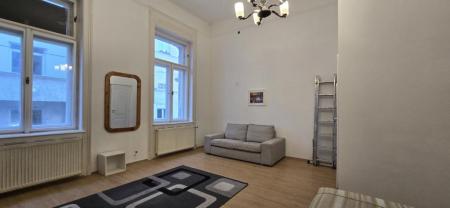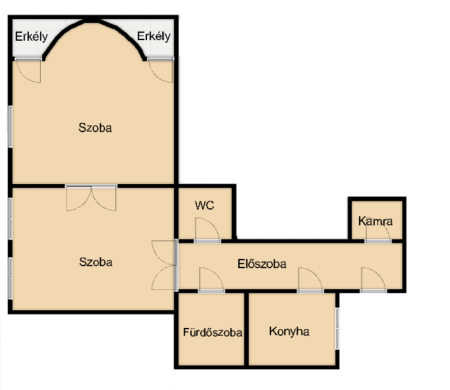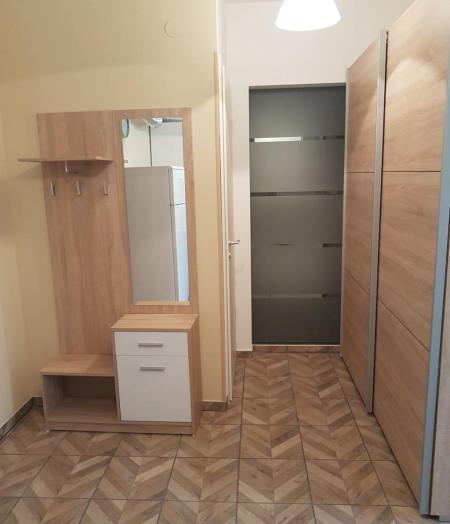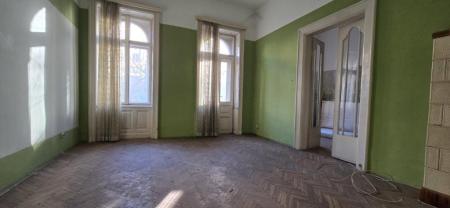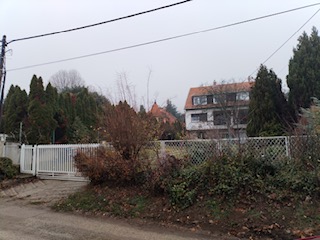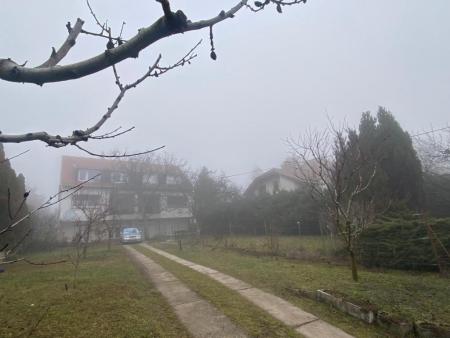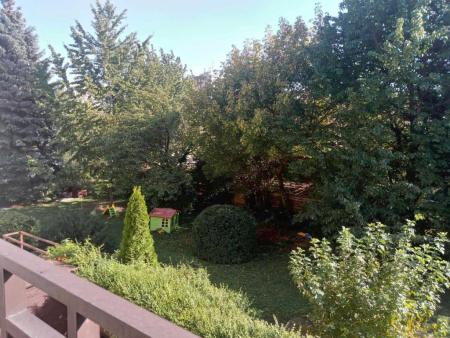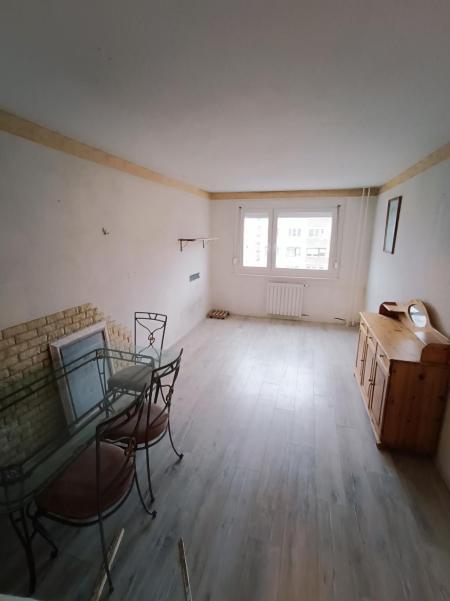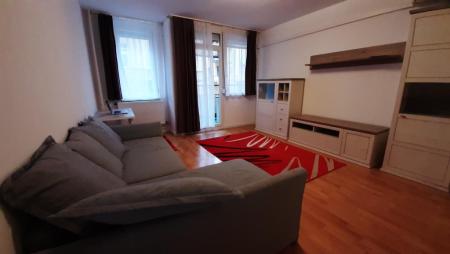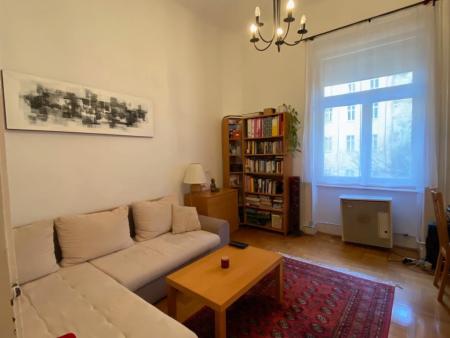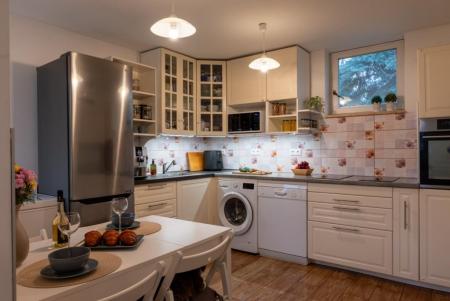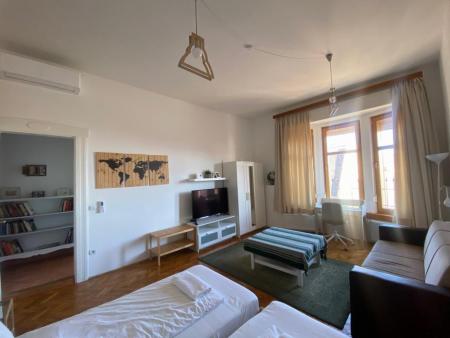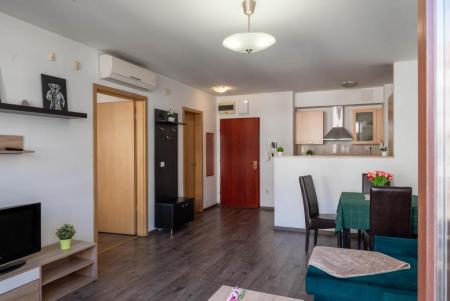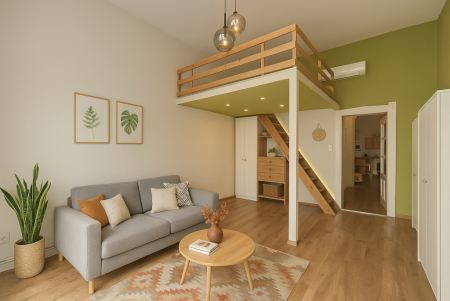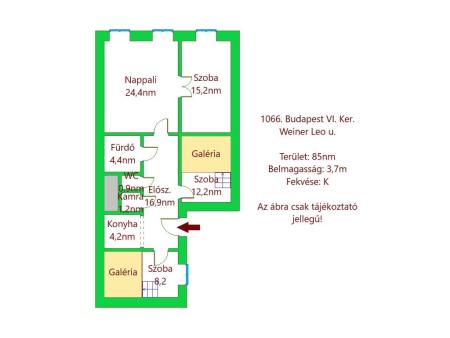We take a short overview of the most common, conventional heating methods found in many flats and appartments of Budapest. The list is not including everything and we don't mention the alternative ways of heating (like solar, geothermic etc..)
Individual heating
A heating system is individual if it is serving as a heat source of one property. It is not connected neither whith other flats, properties nor with the house. In this case the user can control when to have, when not to have heating and what temperature level should be achieved. If he/she leaves for a winter holiday for example, the heating could be lowered to a minimum. The property is not heated as if they were home, saving lots of energy and money. The most recent systems have programmable automatic heat switches. This allows us to control when and what tempreture should be maintained. Typically 19 C° for the night and 22 C° for the morning preparation. When the family leaves the home, it will allow a smaller temperature, when they arrive it will heat up again. It is also importatn that the radiators are also individually controllable beacuse we need different temperature for a bathroom, a kitchen, or a small child's room.
Arts of individual heatings
- Convector: Widely spread type of heating. Not too recent but reliable. All the units in the property are working independently
- Furnace: One of the most up-to-date methods. The central furnace is heating water and the hot water is pumped into the radiators. If one of the central unit fails, it will stop the whole system
- Infrared Panel: suitable for small homes. For large homes uneconomical. You can find it where other heating modes (gas) can not be installed. Advantages are: noiseless, no risk of CO
- Electric heating (night storage heater): Nowadays it is rare, not up-to-date type of heating. Uneconomical and might happen that you don't get your desired temperature.
- Electric heating (tile stove): Like the above method, uneconomical and might not produce enough heat.
- Gas (Héra) (tile stove with gas): In the former times, the tile stoves were modified for gas heating with a unit called Héra. The efficiency could be a problem and the gas fume is attacking the inner walls so the whole stove needs to be rebulit from time to time.
Advantages (individual gas)
- Can be turned on/off any time
- Any temperature level can be maintained
- If it is properly installed, this is the most up-to-date and economic way of heating
- There is no or minimal heating cost if the property is vacant
Disadvantages
- Very high installation costs. Even at a small flat it is in a range of a million Ft. (HUF, 2013)
- High repair costs
- Can't be installed anywhere
District heating
The heat source of a flat, appartment, or office is produced in a plant far away from the property. The energy produced is heating water and the hot water is transported in pipes where the flats are heated with radiators. This is characteristic for all the cubic block houses all over Hungary and the 13th district of Budapest.
Advantages
- The property owner has no installation costs
- Costs can bel planned, foreseen
- Nowadays it is more and more individually measured and conrolled
Disadvantages
- High heating costs, often influenced by political decisions
- Can not be turned on/off individually
- The vacant property also has heating costs
House central heating
Very much like the district heating but the heat is produced in a central furnace in the house and only for one house. The heat is produced locally and not boucht from a utility company.
Advantages
- Better control than district heating
Disadvantages
- Furnace reconstrction can lead to increased common costs

